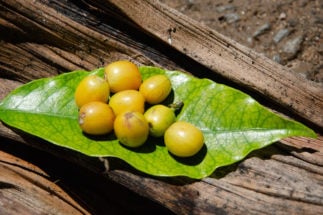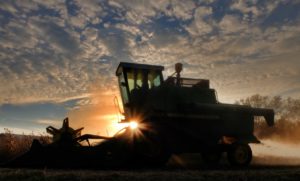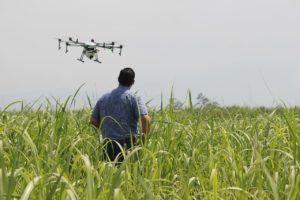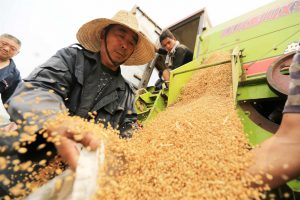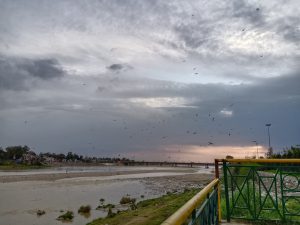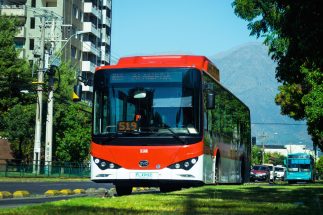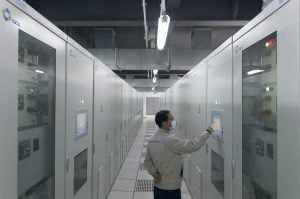Little by little, coffee is gaining ground in China. While consumption is still only six cups per person per year – with the average Brazilian drinking almost 70 times that – it is increasing by about 18% annually. Brazilian coffee exporters estimate that 650 million Chinese people will start to consume coffee in the coming years, three times the population of Brazil, according to China-based consultancy Daxue.
10%
of China's coffee imports come from Brazil
Today, China mainly produces coffee in Yunnan province, where the planted area has more than tripled in the last ten years. But growing demand requires China to import more than 50% of what is consumed there. Vietnam and Indonesia are the main exporters of coffee to China, followed by Brazil, which accounts for 10% of imports. Brazil’s exports have more than doubled in five years, from around 85,000 bags in 2015 to 171,000 in 2019.
Unlike soybeans and meat, two of Brazil’s main agricultural exports, the coffee sector has been developing and implementing sustainable practices for 20 years, says Luís Fernando Guedes Pinto, manager of public policies at Imaflora, an NGO dedicated to sustainable forestry and agriculture.
“It is one or two generations ahead of other commodities in Brazil and worldwide with regard to sustainability,” he said. “Coffee does not represent any threat at all in terms of deforestation.”
But the sector is not immune to environmental damage. Because it is produced intensively and for the most part in monocultures, the main environmental impact of coffee comes from the use of agrochemicals.
“When you plant in large fields, there tend to be more pests and, consequently, pesticide use is greater,” says Leticia Rodrigues da Silva, former manager of standards and evaluation at the Brazilian Health Surveillance Agency (ANVISA).
Coffee in China
The turning point came in 1999, when Starbucks opened its first store in China. Today it has over 4,100 stores in the country, second only to the US. In 2017, Luckin Coffee emerged. This domestic alternative now has about 2,400 shops, and opens 200 to 300 new ones each month. It already trades shares on the New York Stock Exchange.
This change took place as the country’s economy opened up. “China continues to be a country centred on the tea culture, but many students and workers who have been abroad returned home with a habit of drinking coffee,” explains Sofya Bakhta, a marketing analyst at Daxue.
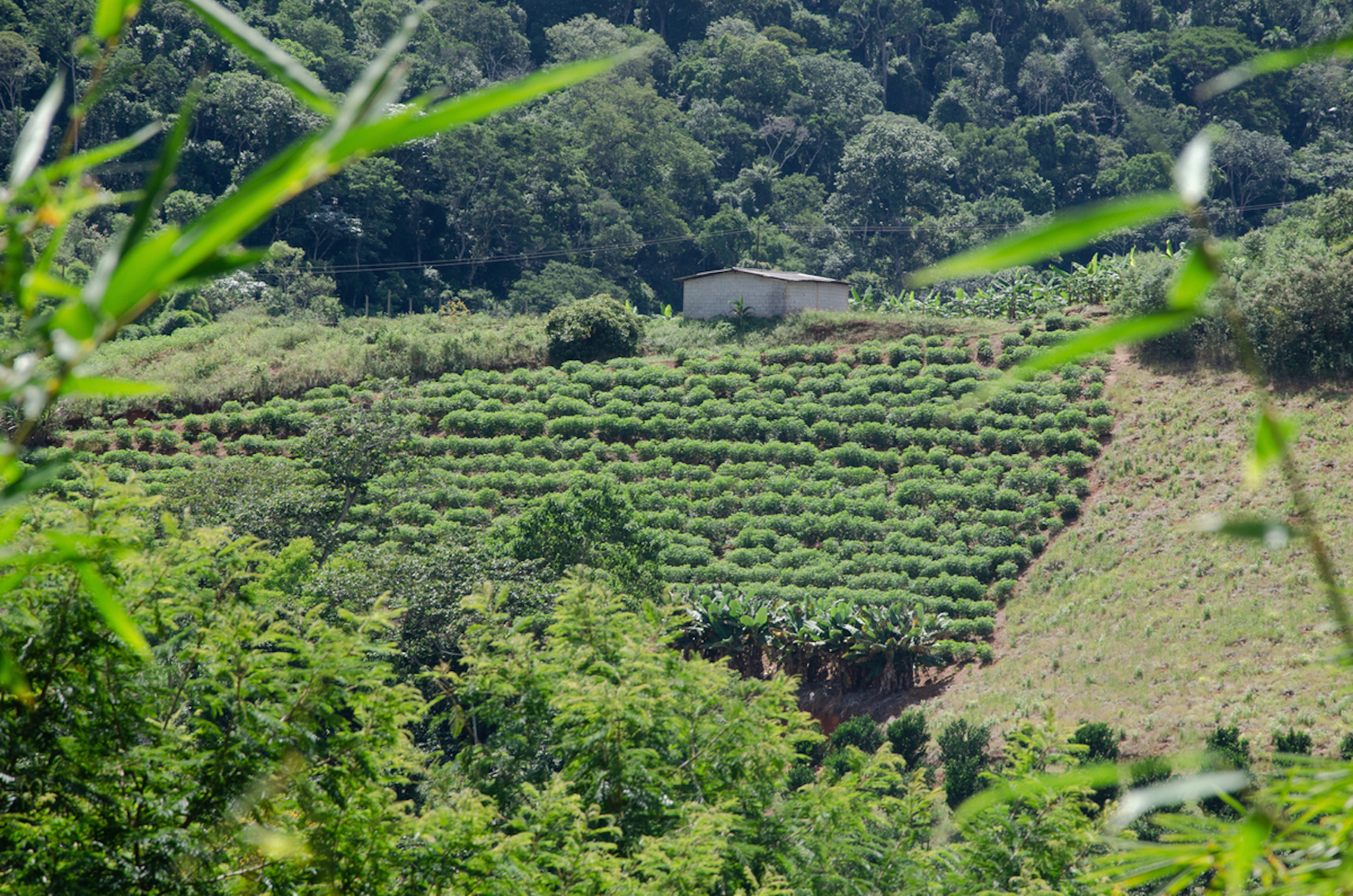
While coffee cultivation for the most part conforms to environmental regulations, the commodity (which is native to Africa) has been a major cause of deforestation in the Atlantic Forest biome. Today, only 7% of the original forest remains. Coffee was the main crop responsible for clearing forests in South-eastern Brazil, especially in the late nineteenth and early twentieth centuries.
Now rural properties containing coffee plantations in this region have to set aside 20 to 35% as legal reserve areas. Coffee is also produced in the Amazon, mainly in Rondônia state, where the mandated reserve areas vary from 50 to 80% of a property’s total area.
If a product has been under evaluation for four years it can be released, and this can generate risks to public health
Many of these farms maintain even more reserve areas than the law requires, which would allow them to add crops if demand increases. But according to Nelson Carvalhães, president of the Brazilian Council of Coffee Exporters (CECAFÉ), this is not a risk, since the farmers are focusing on boosting their productivity rather than their farmed area.
“Thirty years ago, Brazil had 6 million planted hectares and harvested 17 million bags. Today we have 2.1 million [hectares] and produce more than 60 million bags of coffee,” he said.
Because the vast majority is exported, most Brazilian coffee is certified and subject to independent inspection on whether it meets best practices. For example, the certification system prohibits the use of slave labour in the fields as well as hazardous pesticides.
But despite the certifications, coffee labourers are still subject to sometimes appalling conditions. In 2019, 106 people working under conditions akin to slavery were rescued from the industry. Only the charcoal industry has a worse record.
Organic varieties emerge
Although the sector has made technological advances, they have not yet freed coffee from agrochemical use. Initiatives to plant organic coffee remain embryonic.
A 2018 study by the Brazilian Confederation of Agriculture and Livestock (CNA) indicated that 88% of coffee growers report using some type of agrochemicals in their fields.
Approvals of products for organic farming have been increasing over the years (from three in 2011 to 12 in 2019), but the number of toxic pesticides is growing much more quickly. The number of approved chemical defences for (non-coffee) farming has increased in Brazil. In 2015, 139 products were approved for use, while in 2019 this number hit 474.
131
pesticides approved for use on coffee in Brazil are considered extremely toxic to human health
According to data from the Ministry of Agriculture, Livestock and Food Supply, 2,263 products are approved for use on coffee. Of these, 82 are considered extremely dangerous and 1,012 very dangerous to the environment. In terms of human health, 131 are considered extremely toxic.
Although more products being added to the market does not necessarily mean a greater risk, some have in fact been approved with insufficient analysis by ANVISA. The 2019 Economic Freedom Law enabled any product to enter the Brazilian market if delays to the government analysis process were considered excessive.
“If a product has been under evaluation for four years it can be released, and this can generate risks to public health,” warns Rodrigues Silva, a former manager of ANVISA.
For this reason, good practices for agrochemical use must be adopted, according to Guedes Pinto: “If they are not used correctly, if we do not avoid using more toxic pesticides, they can pose a threat to biodiversity and to the water by contaminating bodies of water, rivers, and springs.”
